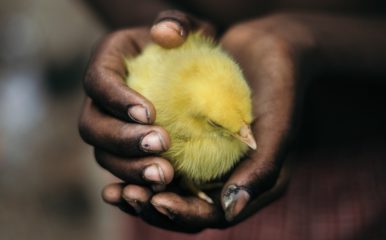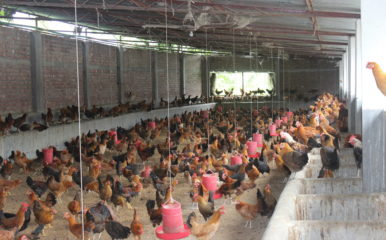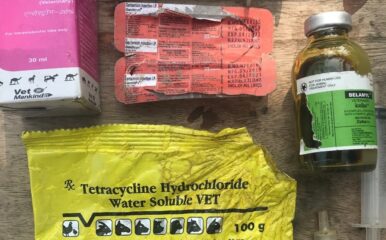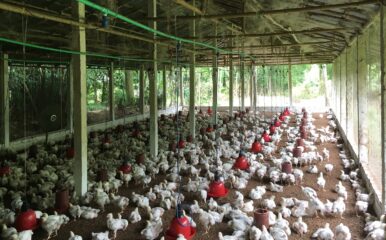
Creeping forward with One Health
Published on 27/10/2022

Dusan Veverkolog/Unsplash
 This blog focuses on the ZOODLE word ‘WHOLE’.
This blog focuses on the ZOODLE word ‘WHOLE’.
A One Health approach aims to promote a holistic vision of understanding zoonotic diseases and instituting a collaborative response to them. It was developed to bridge the disciplinary and sectoral silos that prevented an informed understanding around emerging infections and known zoonotic diseases, including those endemic in communities and those with epidemic and pandemic potential.
However, as a mini discourse analysis of the different definitions of One Health below shows us, despite repeated attempts to craft an integrative vision, the expectations from One Health remains contested.
Strengthening collaborations
For those following the One Health debates the last few months seem to have been packed full of activities. The World Health Assembly discussed how to strengthen collaboration on One Health. This was preceded by member state consultation on a Joint Plan of Action for instituting One Health at the country level.
This exercise in turn was initiated by an expanded consortium of international agencies who have assumed leadership of One Health — the tripartite of World Organisation for Animal Health (OIE), World Health Organization (WHO) and Food and Agriculture Organization of the United Nations (FAO) was first rebranded as Tripartite Plus, and now as the Quadripartite with the inclusion of United Nations Environment Programme (UNEP).
In parallel to these developments in the rarefied policy circles, WHO initiated a High-Level Expert Panel on One Health which has been charged with the goal of guiding One Health policies in the face of emergent and ongoing health risks. Its first-year report is now out.
To its credit, the panel has tried to reimagine the priorities for the One Health movement and has developed a new definition of One Health which goes beyond extolling interdependence of animal-environment-human health and tried to outline the key outcomes for One Health. In doing so, it almost succeeds in giving the One Health approach a heart as well as a soul.
Why is this such a big deal? And in other ways, why is it not? I will try to explain below.
One Health definitions
As some of us have highlighted before, the older definitions of One Health used by leading international agencies tended to split along sectoral lines – the human health agencies emphasised health protection from emerging infections as the raison d’être of One Health, while agencies such as OIE and FAO used more ambiguous phrasing highlighting the interdependence of different sectors.
In contrast, the recently revamped definition of One Health, has gone beyond the crude instrumental approach by listing a range of developmental outcomes a One Health approach can also address in addition to protection against infectious disease threats.
Despite these efforts, the challenges with the institutional approaches to One Health from the recently formed Quadripartite remain.
Public good
One Health is perceived as a uniformly public good – without acknowledging that different sectors might not share the same level of motivation about One Health goals. While the Joint Action Plan does acknowledge that implementation of One Health “still proves challenging” and cites a long list of technical and bureaucratic barriers, it fails to address the role of non-official and professional networks in advancing One Health. There is very little attention to the different contexts of member countries and how One Health approach can be adapted to their differing needs and administrative cultures.
Most importantly, despite all the progress made from the High-Level Expert Panel’s efforts in directly linking One Health to sustainability goals, the Joint Action Plan continues to express disdain for non-health perspectives and restrict its focus to health and disease related outcomes.
If the role of the High-Level Expert Panel can be seen as that of crafting a vision for a One Health approach to ensure it remains relevant and responsive to emerging needs, the WHO Joint Plan of Action can be seen as the compromises practitioners have to make in order to acquire feasibility. And, by extrapolation, this example of competing visions of One Heath shows us that the gap between grand visions and messy realities remains alive!





